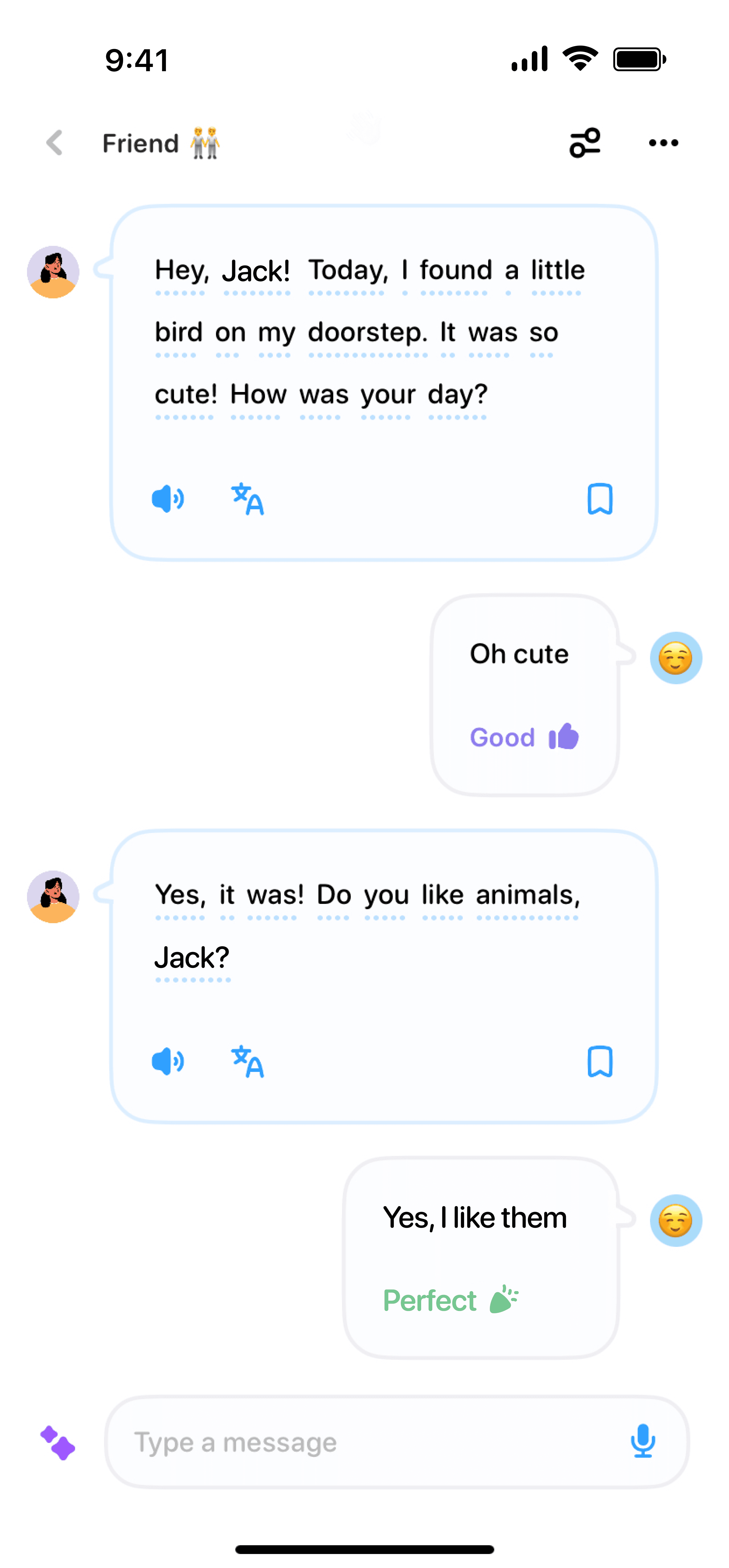05/18/2024
·
Emma Robbie
Learning a new language is always a fascinating journey, but some languages can be more challenging than others, especially if your native language is English. One such language is Japanese. In this post, we’ll dive into just how hard Japanese is to learn for English speakers. So if you’ve ever wondered about mastering one of the most unique languages in the world, stick around!
What Makes Japanese Challenging?
Let's break down the core aspects that make Japanese one of the tougher languages for English speakers.
1. Three Writing Systems
Unlike English, which has a single alphabet, Japanese has three different writing systems: Hiragana, Katakana, and Kanji.
Hiragana: Used for native Japanese words and grammatical elements.
Katakana: Typically used for foreign words, technical terms, and names.
Kanji: Chinese characters used to represent words or parts of words. There are thousands of Kanji, and each one can have multiple readings.
For English speakers, memorizing these three systems is a monumental task—especially Kanji, which requires understanding both the character itself and its various pronunciations.
2. Grammar Differences
Japanese grammar is vastly different from English grammar. Here are a few notable differences:
Word Order: In English, the sentence structure is typically Subject-Verb-Object (SVO). In Japanese, it's Subject-Object-Verb (SOV). For example, "I eat sushi" would be "I sushi eat" in Japanese.
Particles: Japanese uses particles to indicate the grammatical function of a word. These little words (such as は, が, を, に) can completely change a sentence’s meaning.
Verb Conjugations: Verbs conjugate differently depending on politeness, formality, and tense, adding another layer of complexity.
3. Pronunciation
While Japanese pronunciation is generally easier for English speakers compared to languages like Chinese or Arabic, it does come with its challenges. Japanese has multiple levels of politeness, meaning words and phrases change depending on the social situation.
The Good News: What Makes Japanese Easier
It’s not all bad news! Some aspects of learning Japanese can be simpler than other languages.
1. Consistent Pronunciation
Once you learn the sounds of Japanese, pronunciation is relatively straightforward. Each vowel or consonant generally has only one way to be pronounced, unlike in English where a letter can have multiple sounds (think of "c" in "cat" vs. "ceiling").
2. No Genders or Plural Forms
Japanese doesn’t have grammatical gender or plural forms. You don’t have to worry about remembering whether a word is masculine or feminine, and there’s no need to change a word’s form to indicate plurality. One word fits all!
How Long Will It Take?
So, how long does learning Japanese take? The Foreign Service Institute (FSI) categorizes Japanese as a Category IV language, meaning it’s among the hardest for English speakers to learn. The FSI estimates it takes around 2,200 hours of study to achieve professional working proficiency in Japanese. That’s a lot of time, but don’t be discouraged. Consistent practice, real-life application, and the right learning tools can make a huge difference!
Tips for Learning Japanese
Ready to dive in? Here are some tips to help you on your journey:
Start with Hiragana and Katakana: These are the building blocks of Japanese. Master them before moving on to Kanji.
Immerse Yourself: Watch Japanese TV shows, listen to music, and try speaking with native speakers.
Use Language Apps: Tools like Duolingo, Anki, and WaniKani can be very helpful for learning vocabulary and kanji.
Practice Daily: Consistency is key. Even 15-30 minutes a day can make a significant difference over time.
Learning Japanese may be challenging, but the rewards are well worth it. Whether it's understanding your favorite anime without subtitles, traveling to Japan with ease, or making new friends, the possibilities are endless. 頑張って (Good luck)!
Have you started learning Japanese? What do you find most challenging? Share your experiences in the comments below!



